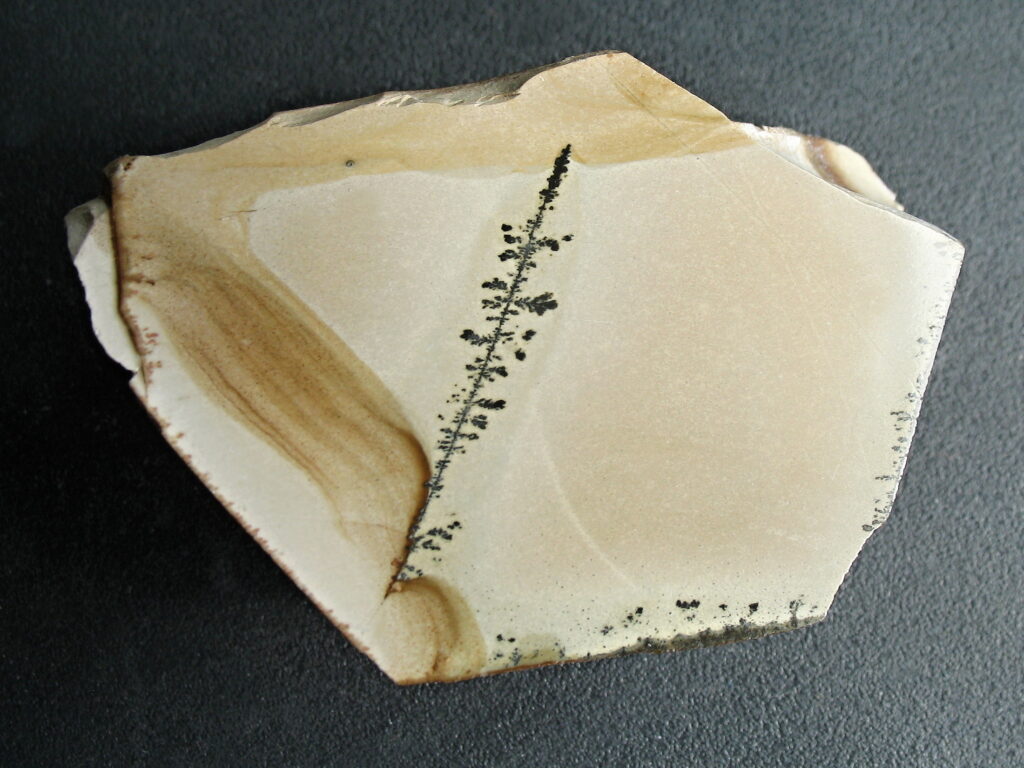Porcelanite: Gemstone Information
Porcelanite, a gemstone often overlooked amidst more well-known varieties, possesses a subtle charm and elegance that captivates those who appreciate its understated beauty. Here’s a detailed exploration of Porcelanite:
Origins and Formation:
Porcelanite, also known as porcelain jasper, is a type of chalcedony, a cryptocrystalline form of quartz. Its name is derived from its resemblance to fine porcelain, both in appearance and texture. This gemstone originates from sedimentary environments, where volcanic activity plays a significant role in its formation. Over millions of years, volcanic ash, clay, and other fine-grained sediments accumulate and undergo lithification, transforming into the dense, solid rock known as porcelanite. The presence of various mineral impurities gives Porcelanite its distinct colorations, ranging from creamy whites to soft pastels and occasional hints of blue, green, or pink.
Characteristics of Porcelanite:
Porcelanite is renowned for its smooth, often waxy texture, which distinguishes it from other varieties of chalcedony. It frequently displays banding or swirling patterns, adding to its visual appeal. While predominantly opaque, Porcelanite may exhibit translucency in thinner sections, allowing light to filter through and accentuate its natural beauty. The gemstone can be polished to a high gloss, enhancing its lustrous appearance and making it suitable for a variety of jewelry and ornamental applications.
Metaphysical Properties and Benefits:
Porcelanite is revered not only for its aesthetic appeal but also for its metaphysical properties and potential benefits:
Emotional Healing: Porcelanite is believed to possess calming and soothing energies, making it an ideal companion for times of stress or emotional turmoil. It is said to promote emotional balance, stability, and inner peace, helping individuals navigate life’s challenges with grace and resilience.
Creative Inspiration: The gemstone is associated with creativity and artistic expression, stimulating the imagination and inspiring innovative thinking. It is believed to awaken dormant talents and encourage exploration and experimentation in various creative endeavors.
Spiritual Connection: Porcelanite is often used in meditation and spiritual practices to deepen one’s spiritual connection and foster inner exploration. It is said to enhance intuition, insight, and spiritual awareness, facilitating personal growth and self-discovery.
Physical Well-being: In addition to its metaphysical properties, Porcelanite is believed to have physical healing benefits. It is said to support the immune system, aid in detoxification, and promote overall health and vitality.
Conclusion:
Porcelanite may not boast the dazzling brilliance of more widely known gemstones, but its understated elegance and subtle charm make it a cherished addition to any gem collection. Whether admired for its aesthetic appeal, cherished for its metaphysical properties, or valued for its potential healing benefits, Porcelanite continues to enchant gem enthusiasts and spiritual seekers alike, offering a timeless reminder of nature’s beauty and wonder.





